With a diverse ecosystem, Thanh Hoa province has many rare and valuable indigenous plants and animals. However, under the impact of climate, soil, and care conditions, some plants and animals are at risk of degradation . In this situation, our province has implemented a number of solutions to restore, preserve original genetic resources, propagate, and develop indigenous varieties.
 Wild boar farm in Cam Thach commune (Cam Thuy).
Wild boar farm in Cam Thach commune (Cam Thuy).
Yellow cow is a long-standing breed in the mountainous districts of Thanh Hoa , one of the precious breeds of cows in Vietnam that has been included by the State in the list of rare livestock genetic resources that need to be preserved and developed. However, in recent years, the number of yellow cows has been on a downward trend because people have kept them in captivity, causing males and females to be far apart, with few opportunities to meet, leading to breed degeneration. In addition, the pressure of the market mechanism chasing high productivity has led to programs and projects to improve and enhance the size of the herd, increasing the proportion of Zebu crossbred cows, a hybrid breed with large size and higher productivity, and small male yellow cows are at risk of no longer having purebred genetic resources. On the other hand, people have not cared for and raised them according to technical requirements, causing the quality of the meat to not be guaranteed.
Faced with that situation, to maintain the genetic resources of yellow cows, the Center for Research, Testing and Livestock Services (Thanh Hoa Agricultural Institute) has conducted research, preserved the yellow cow breed, and built a breeding area to preserve the yellow cow breed. In addition, it organizes training for people on grass growing techniques for cow feed, breeding techniques, upgrading barns to meet technical standards, and supports vaccination against diseases... At the same time, it conducts on-site conservation, selects yellow cows that meet breed standards and brings them back to raise. Currently, the center is maintaining a herd of 20 cows and 1 bull and is selecting the second generation to ensure genetic resources. Mr. Le Tran Thai, Deputy Director of the Center for Research, Testing and Livestock Services, said: In addition to yellow cows, the center also conducts research and preserves the genetic resources of Co Lung ducks and Sen geese. Through projects and restoration plans, the center will continue to conduct research and select indigenous livestock breeds of high economic value to preserve, store and protect precious indigenous genetic resources, thereby serving as the core of production and providing breeds for production facilities. At the same time, focus on the transfer of science and technology in selecting, preserving and preserving livestock breeds to ensure quality and high productivity...
In Ba Thuoc district, determining to develop the native kumquat tree into a commodity tree, along with support, restoration and propagation programs, the district has been actively implementing the conservation of genetic resources, applying new scientific and technical advances in the selection and production of quality tree varieties. In addition, mobilizing people to expand the area, supporting people with planting and care techniques. Up to now, the whole district has more than 80 hectares of kumquat trees in the communes of Ban Cong, Thanh Son, Lung Cao, Lung Niem... The product has been granted a geographical indication certificate.
Along with support, restoration and breeding programs, Ba Thuoc district is still actively applying new scientific and technical advances in selecting and producing quality tree varieties, bringing kumquat trees into development in households, aiming to expand both the area and product quality, increase income for people; create typical products under the OCOP Program to serve tourism development. Striving by 2025, the district will develop 100 hectares of kumquat trees.
Currently, our province has implemented a number of research projects and plans to preserve the genetic resources of indigenous crops and livestock with high economic value, such as: Luan Van S0, 27 grapefruit, tangerine (Ngoc Lac), stinky tangerine (Quan Hoa), cinnamon tree (Thuong Xuan), Van Du orange (Thach Thanh), Mai An Tiem watermelon (Nga Son), Co Lung duck, lotus geese, wild boar, chicken, yellow cow... Thanks to the coordination between levels and sectors, the mobilization of integrated programs and support funds, the conservation and development of indigenous plant and livestock varieties in the province have initially achieved positive results. However, there are still many indigenous plants and animals whose numbers are declining because people do not fully understand their value, so they do not pay attention to care and development. Therefore, in the coming time, relevant departments, branches and units of the province need to evaluate and select rare genetic samples to preserve for research and breeding purposes. In addition, through projects and plans for restoration and development to support and encourage people to replicate the model; focus on transferring science and technology, caring for plants and animals, preventing epidemics, and building techniques for barns... To develop sustainable indigenous plant and animal varieties, localities need to focus on branding, promoting consumption and improving economic efficiency for people.
Article and photos: Le Ngoc
Source: https://baothanhhoa.vn/bao-ton-phat-trien-giong-cay-trong-nbsp-vat-nuoi-nguon-goc-ban-dia-218156.htm





![[Photo] General Secretary attends the parade to celebrate the 80th anniversary of the founding of the Korean Workers' Party](https://vphoto.vietnam.vn/thumb/1200x675/vietnam/resource/IMAGE/2025/10/11/1760150039564_vna-potal-tong-bi-thu-du-le-duyet-binh-ky-niem-80-nam-thanh-lap-dang-lao-dong-trieu-tien-8331994-jpg.webp)
![[Photo] Opening of the World Cultural Festival in Hanoi](https://vphoto.vietnam.vn/thumb/1200x675/vietnam/resource/IMAGE/2025/10/10/1760113426728_ndo_br_lehoi-khaimac-jpg.webp)
![[Photo] Ho Chi Minh City is brilliant with flags and flowers on the eve of the 1st Party Congress, term 2025-2030](https://vphoto.vietnam.vn/thumb/1200x675/vietnam/resource/IMAGE/2025/10/10/1760102923219_ndo_br_thiet-ke-chua-co-ten-43-png.webp)
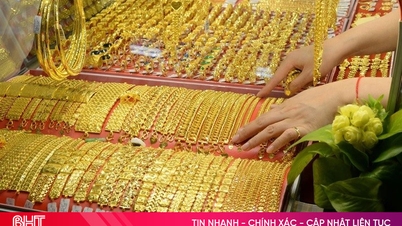

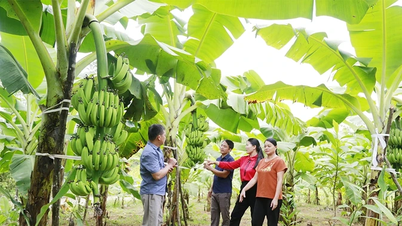

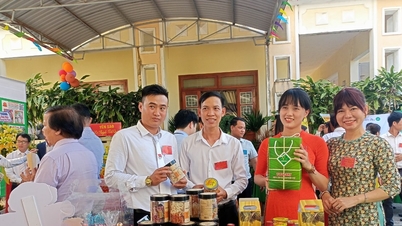

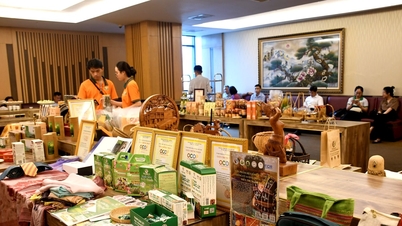




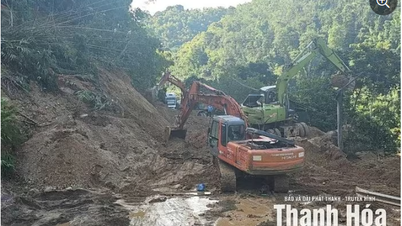

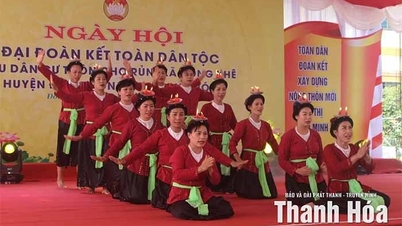

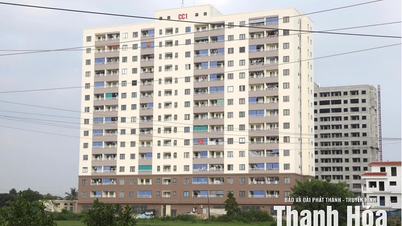
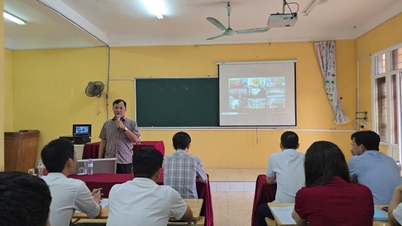

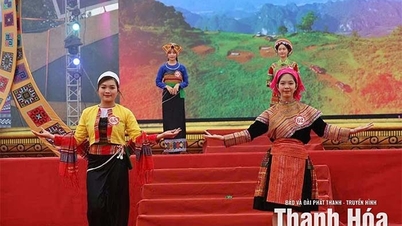





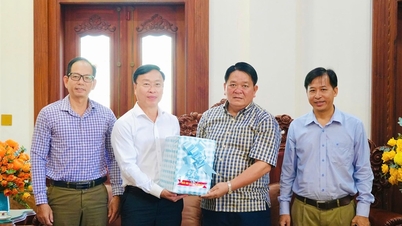
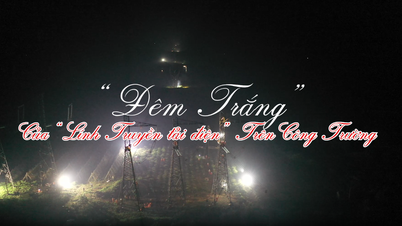

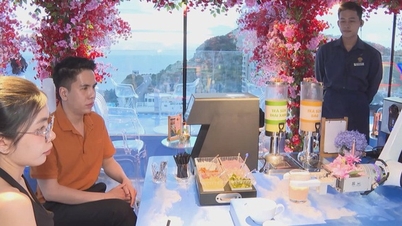
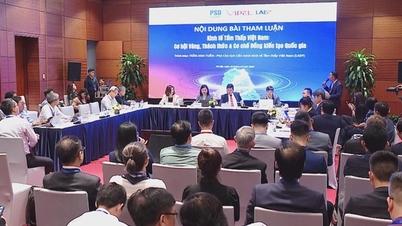































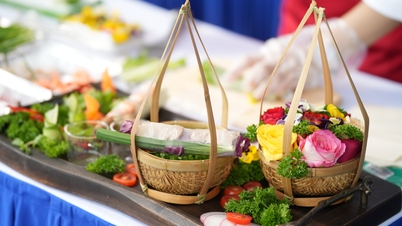
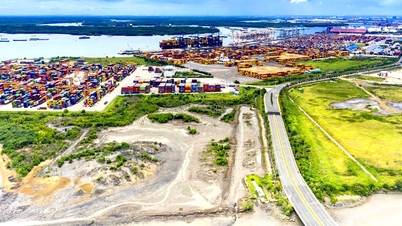





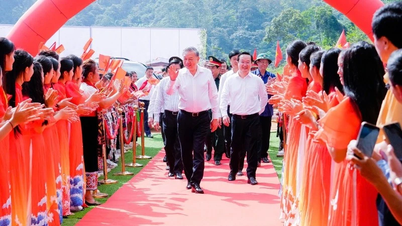









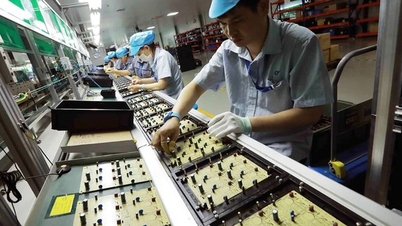
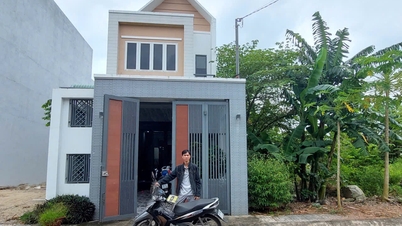

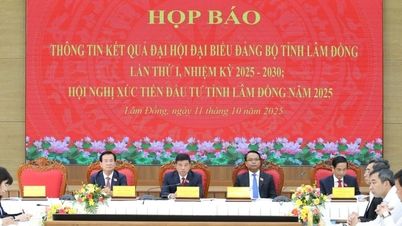

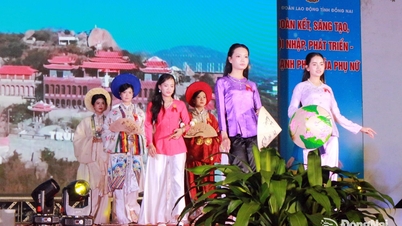




















Comment (0)